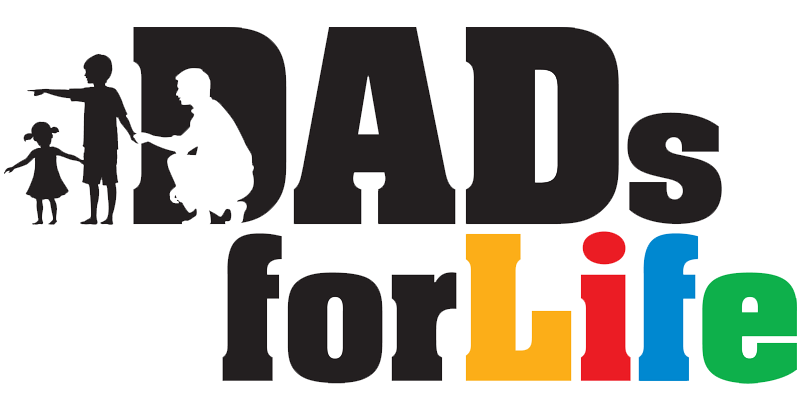Fathers’ Involvement Linked to Higher Educational Achievement
With the keen focus on academic performance in Asian communities, dads, teachers, teachers, school principals, school counsellors, librarians and even University lecturers may find Fatherhood Institute Research Summary: Father’s Impact on Their Children’s Learning and Achievement, an interesting read.
Introduction
The summary states that major studies across the world have found fathers’ involvement with their children linked with their higher educational achievement and higher educational /occupational mobility relative to their parents.
Topics Covered
1. Levels/trends in fathers’ involvement in schools
2. Fathers vs. mothers: involvement in education
3. The care/education ‘nexus’
4. Fathers’ earnings and education
5. Children’s behaviour at school
6. Brain development
7. Fathering quality and educational attainment
8. Fathers and literacy
9. Fathers vs. mothers: influence on attainment
Research Findings
Here are some notable findings from the research:
1. There is an upward trend of fathers’ involvement in schools, which unfortunately, co-exists with the tendency for low-income and non-resident fathers to be less involved.
2. Non-resident fathers are willing to be involved in school. However, school processes or staff anxieties may inhibit their inclusion in school activities.
3. A key predictor of fathers’ involvement in children’s learning is having been involved in their care very early on.
4. Fathers’ (higher) commitment to their children’s education and their involvement with the school are also associated with children’s better behaviour at school.
5. In separated families, where non-resident fathers spend sufficient time with their children to engage in a wide range of everyday activities, the children tend not only to achieve better at school but to be subject to fewer suspensions and lower drop-out rates.
Interventions: Effectiveness
Some points that early childhood educators, teachers, school principals, academics, social service practitioners and policy makers may want to read more about, include:
1. The first step in increasing father engagement in a school or nursery setting is to work with the staff to motivate and equip them to encourage father/male involvement as part of parent involvement.
2. It is important to acknowledge that fathers of young children are involved in their children’s literacy and educational development at home, and to build on the fathers’ existing knowledge, skills, cultures and participation.
3. Both mothers and fathers of young children in very low income households tend to prefer assistance with their children’s literacy to be delivered by flexible home visiting rather than through centre-based activities.
4. Fathers can integrate learning activities with their children into natural daily routines (travelling together, telling/reading bedtime stories, watching television, reading newspapers and magazines).
Examples of Programmes Involving Fathers
For those interested to learn more, the summary provides links to programmes which involve fathers.
References
1. Fatherhood Institute (2010). Fatherhood Institute Research Summary: Father’s Impact on Their Children’s Learning and Achievement, retrieved 3 March 2011.
Read Fatherhood Institute Research Summary: Father’s Impact on Their Children’s Learning and Achievement in full.
Visit www.fatherhoodinstitute.org for other summaries and abstracts of research papers on fatherhood. The website also contains useful information about fathers’ roles in child development and fathers’ impact on mothers.
Practitioners can visit http://www.dadsincluded.org to share about father-inclusive practices, and take the Dads Included Test.
First published on 29-04-2011.

